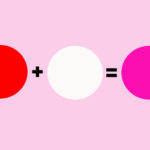Purple is a familiar and beloved color to many, and its mysterious beauty captivates anyone who lays eyes on it. Join us as we explore the fascinating aspects of purple in our lives.
1 Unraveling the Color Purple
Definition of Purple
What is purple? This is a question that many people may ask when encountering this unique color. The definition of purple varies depending on the field:
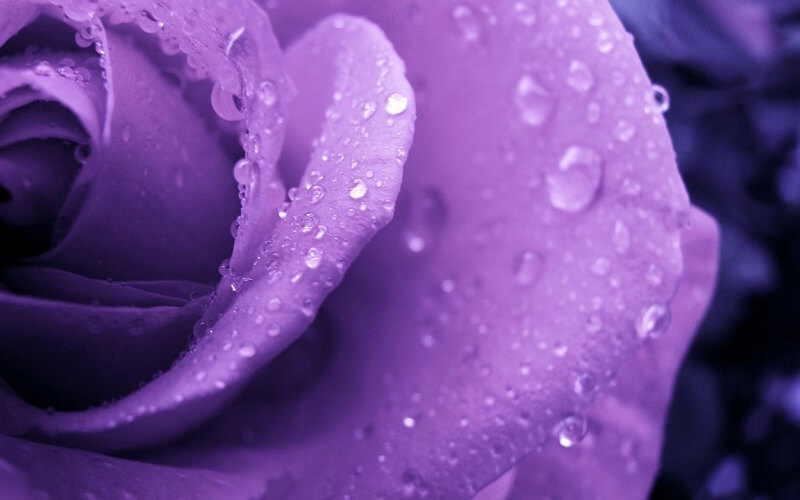 In painting, purple is created by mixing blue and red
In painting, purple is created by mixing blue and red
- In painting, purple is a combination of blue and red, with the ratio of these colors determining the specific shade of purple.
- In optics, purple is located in the blue-violet or violet-blue part of the spectrum, with a short wavelength near the end, ranging from 380 to 420 nanometers. This wavelength is challenging to reproduce on computer screens and can only be seen when reflected from the anti-reflective groove on a CD.
- In life, purple is known as purple in English, but it is also called violet, derived from the French language. Violet has a bluer hue than purple and is a paler shade of the violet flower.
- According to science, purple is a powerful wavelength of electronic energy, just a few steps away from x-rays and gamma rays. This explains the presence of purple in the sky and the Milky Way.
Origin of Purple
The origin of purple is quite unique. While the color red is easily found in nature, purple is more elusive, and finding its pure form in nature is difficult.
The first appearance of purple in prehistoric art dates back to the Neolithic period, approximately 16,000 to 25,000 years ago, in the Pech Merle cave. During this time, artists used manganese and hematite sticks to create purple hues.
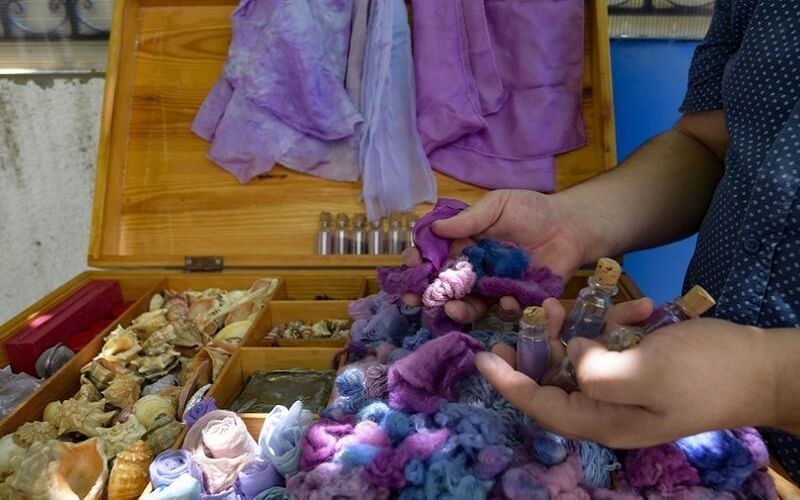 Pure purple was created from the mucus of Murex snails in Phoenician clothing dye workshops
Pure purple was created from the mucus of Murex snails in Phoenician clothing dye workshops
In the 15th century BC, pure purple dye was produced by workers in the clothing dye workshops of the ancient Phoenician cities of Sidon and Tyre (present-day Lebanon) using the mucus of Murex Brandaris snails.
At that time, it took 12,000 Murex snails to produce just 1.5 grams of pure purple dye. During this period, purple was reserved for royalty and nobility. Unfortunately, the over-exploitation of these snails for their mucus led to their rapid extinction.
From the 18th to the 19th centuries, purple remained a symbol of royalty, bishops, and nobility. However, in the 20th century and beyond, purple became commercialized and accessible to all social classes.
Reference: Pantone Announces: Viva Magenta Red
2 The Significance of Purple
The Meaning of Purple in Love
When it comes to purple, people often associate it with fidelity and devotion in love. This symbolism originates from the love story between Emperor Napoleon Bonaparte and his wife, Joséphine de Beauharnais.
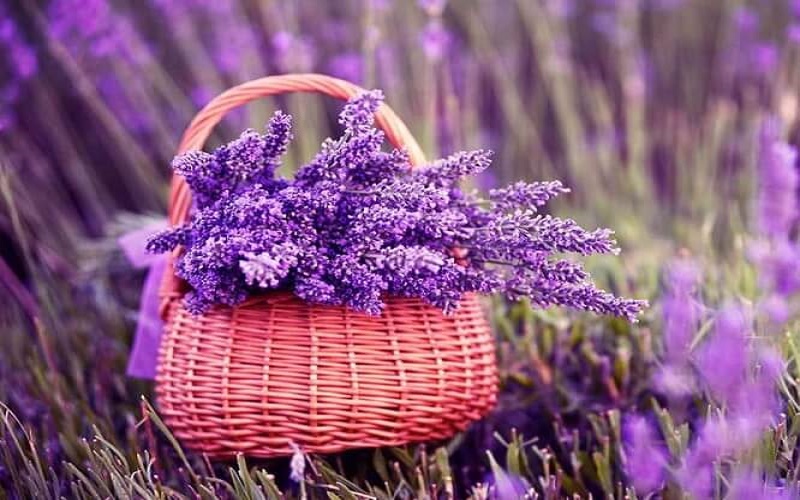 The color purple, as well as the violet flower, symbolizes selfless and sacrificial love, patience, and waiting
The color purple, as well as the violet flower, symbolizes selfless and sacrificial love, patience, and waiting
Despite their union not being approved by the Bonaparte family and Napoleon’s preoccupation with warfare, Joséphine’s unwavering love and devotion endured until their divorce due to their inability to have children.
Upon her death, Napoleon, exiled to Elba, clutched a lock of her hair and a violet flower, overcome with grief.
Thus, the color purple and the violet flower symbolize selfless, sacrificial love, patience, and waiting. This theme has inspired countless works of art and poetry.
The Significance of Purple in Design
In fashion design, purple exudes a mysterious and captivating beauty, representing creativity, wealth, and authority. Wearing purple clothing is sure to make a statement and draw attention.
 Purple conveys a sense of mystery, attraction, wealth, and authority
Purple conveys a sense of mystery, attraction, wealth, and authority
In graphic design, purple comes in various shades, with light purple evoking nostalgia and loyalty, while dark purple exudes elegance and nobility. Consequently, many prominent brands, such as Yahoo and Viber, have chosen purple as their primary logo color.
Purple is also highly regarded in interior design, especially for those who favor a romantic and gentle ambiance. Additionally, purple is often used in jewelry design for its regal and luxurious appeal.
The Significance of Purple in Feng Shui
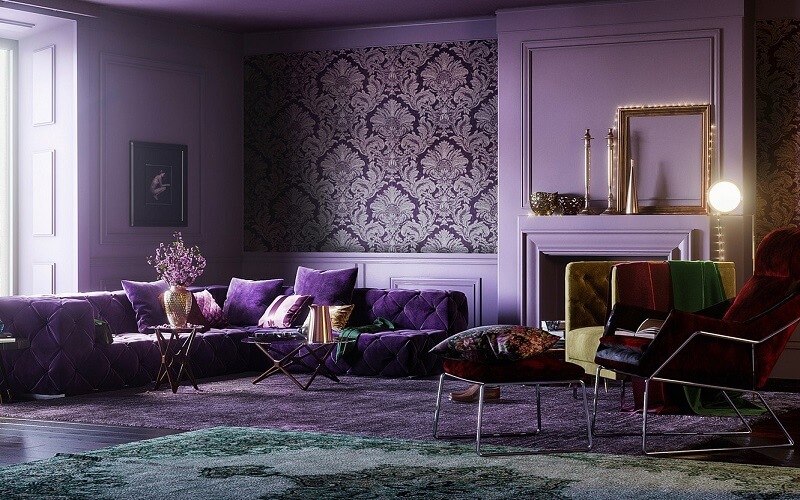 In Feng Shui’s five elements, purple represents Fire
In Feng Shui’s five elements, purple represents Fire
In the five elements of Feng Shui, purple is associated with Fire. According to the theory of elemental generation, Fire generates Earth. Therefore, purple is considered auspicious for individuals with Fire and Earth element signs. Choosing purple items, furniture, or jewelry can attract positive energy, bring good luck, and enhance their wealth and career prospects.
The Cultural Significance of Purple
Purple holds various cultural meanings depending on the country and religion. However, across cultures, purple is widely recognized as a symbol of power and luxury in both Eastern and Western civilizations. Here are some specific cultural interpretations of purple:
 In Christianity, purple is associated with penance, atonement, and remembrance.
In Christianity, purple is associated with penance, atonement, and remembrance.
- In Hinduism, purple symbolizes peace and wisdom.
- In Catholicism, purple represents redemption through Christ.
- In Christianity, purple is linked to penance, atonement, and remembrance.
- In ancient Egypt, purple symbolized faith and virtue. In African countries, purple is associated with royalty and prosperity.
- In the United States, purple signifies honor. However, in countries like Thailand, England, Brazil, Venezuela, and Turkey, purple carries a somber connotation and is typically worn during funerals or periods of national mourning.
3 Incorporating Purple into Your Life
Choosing Stylish Purple Clothing
Purple is a striking and attention-grabbing color, second only to red. Many people wonder how to wear purple stylishly and fashionably.
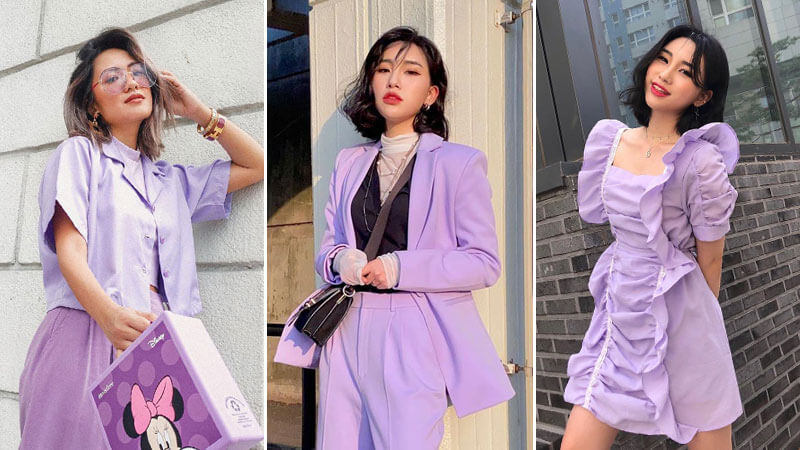 Purple is an eye-catching and attractive color, second only to red.
Purple is an eye-catching and attractive color, second only to red.
Purple has a neutral and refined character, so when creating outfits, combine it with neutral colors like white, gray, and black to form a captivating and fashionable ensemble.
You can also pair different shades of purple together but be mindful of the contrast. Opt for light purple with dark purple or purple-red with light purple to avoid looking outdated.
Selecting the Right Purple for Graphic Design
 Purple is associated with luxury, power, nobility, mystery, and spirituality.
Purple is associated with luxury, power, nobility, mystery, and spirituality.
As mentioned earlier, purple is closely linked to luxury, power, and nobility in design. However, it also conveys a sense of mystery and spirituality. Therefore, in graphic design, it is common to combine purple with green or pink to create an alluring and elegant look, depending on the target audience and theme.
Choosing Purple for Feng Shui Purposes
In Feng Shui’s elemental generation, purple represents Fire, and Wood generates Fire, which in turn generates Earth. Thus, the colors that complement purple in Feng Shui are green, brownish-yellow, and red.
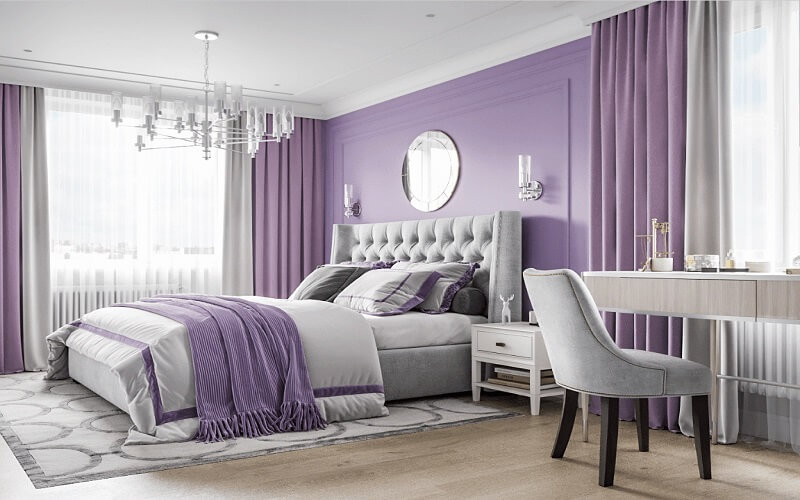 Colors that complement purple in Feng Shui are green, brownish-yellow, and red.
Colors that complement purple in Feng Shui are green, brownish-yellow, and red.
For individuals with an Earth element sign, choosing red or pink items, furniture, or decorations can enhance their luck and prosperity. Similarly, those with a Fire element sign should opt for items associated with the Wood element to create a harmonious and beneficial environment when combined with purple.
The above insights into the origins, meanings, and applications of purple in life, culture, and Feng Shui enrich our understanding of this captivating color.

























